VEGAS MYTHS BUSTED: Vegas Has Been Gay Friendly Since the ’60s
Posted on: August 12, 2024, 08:02h.
Last updated on: August 12, 2024, 10:08h.
Today in Las Vegas, you can see “Ru Paul’s Drag Race LIVE,” party at the Gipsy, sleep it off at an adults-only gay hotel called the Bent Inn, and then hit the drag brunch at Treasure Island. If you happen to be in town on October 11, you can take in 2024’s annual Las Vegas Pride Parade downtown.
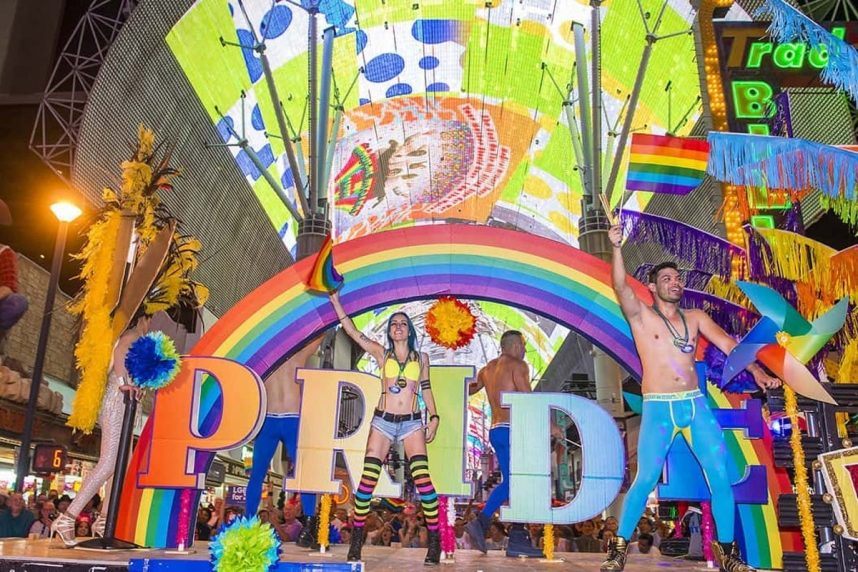
You might think Las Vegas has been this way since the 1960s, and you might think that because it’s all over the internet.
“In the 1950s and 1960s, the city was a popular destination for LGBTQ+ people because it was one of the few places where it was relatively safe for them to be open about their identities,” according to gayety.co.
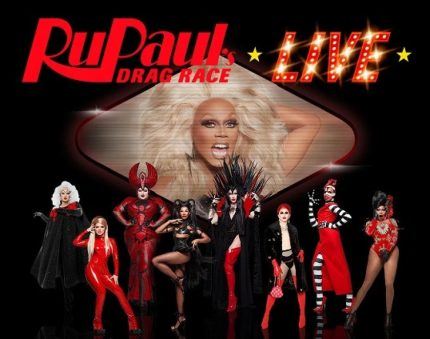
That’s a beautiful statement — that isn’t true.
But it’s not a surprising statement. Las Vegas has a history of rewriting history to place itself on the right side of it.
All that Rat Pack magic of the 1950s was made before Black people — including Sammy Davis Jr. — were even allowed to enter through the front doors of Las Vegas Strip casinos. (And did you realize that Elvis Presley’s 1956 Las Vegas debut occurred in front of a segregated audience at the New Frontier?)
By the same token, LGBTQ+ people were routinely beaten up, fired from their jobs/livelihoods, and even arrested just for daring to be themselves in public.
Anything Goes in Vegas … Except That
In 1861, Nevada passed a law prohibiting sodomy. Calling nonmissionary-style sex an “infamous crime against nature,” the law specified an automatic prison term of “not less than five years” for any violation.
In case it wasn’t clear just how dehumanizing this ordinance was intended to be against gays, it specified that violations could be committed “with man or beast.”
In a history from which no pride can be taken, Las Vegas police for decades used this law to conduct sting operations entrapping gay men.
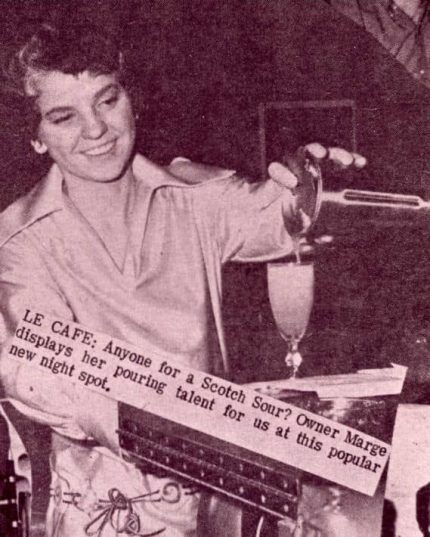
First Positive Sign
In 1970, Marge Jacque, an openly lesbian cocktail waitress, quit the Sands to purchase the former Club de Paris.
She transformed it into the first openly gay bar in Las Vegas. Its motto, printed on matchbooks and T-shirts, was “Glitter and Be Gay at Le Café!”
Patrons included Las Vegas performers Liberace, Rip Taylor, and Paul Lynde. And, the bar served as the editorial office for “Gay Notes,” Nevada’s first gay publication.
For a while, at least, it seemed that the tide was beginning to turn.
Until, in August 1978, someone burned Le Café to the ground. The apparent hate crime remains unsolved.
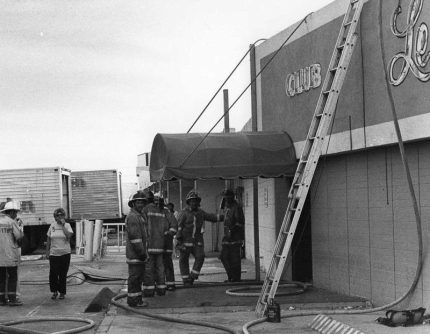
As late as 1992, Jahna Steele, a dancer from the topless show “Crazy Girls” who was voted “Sexiest Showgirl on the Strip” a year earlier, was fired after the tabloid TV show “A Current Affair” outed her as being born John Matheny.
Final Gay Arrest
The last person arrested for breaking the sodomy law, whose name was never publicized, met an undercover agent at a local gym, then invited him into his home.
If you don’t already know, you’re going to cringe when you read when this occurred.
Are you sure you’re ready?…
The year was 1993, and we knew you weren’t ready.
The jury happened to be deliberating just as the Nevada State Senate repealed the sodomy law on June 16 of that year, so the case was dismissed.
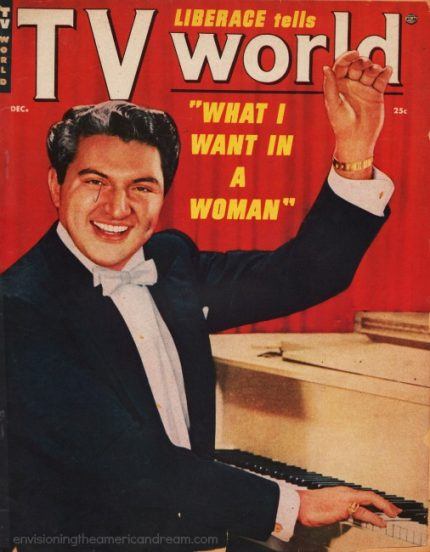
So consider this fact if you ever find yourself wondering why Liberace, Siegfried and Roy, or Sammy Davis Jr. lacked the courage to come out in such a gay-friendly town.
Nope, that last name you read was not a mistake. In his 2013 memoir, “My Way,” Paul Anka wrote that Davis frequently “got into bisexuality” with him during their heart-to-hearts.
“He would confide these things to me, how cool it was to be involved with two women, with guys,” Anka wrote.
The only time the Rat Pack icon came close to addressing this publicly was during an interview he granted the men’s porn magazine Genesis for its February 1977 issue.
“The greatest turn-on I’ve ever experienced was watching a gay film,” Davis told porn star Marilyn Chambers. “I couldn’t deal with it. Maybe it’s my own latent feeling about homosexuality that I can’t deal with. I have this image as a stud, and you can’t be a stud and a homosexual at the same time.”
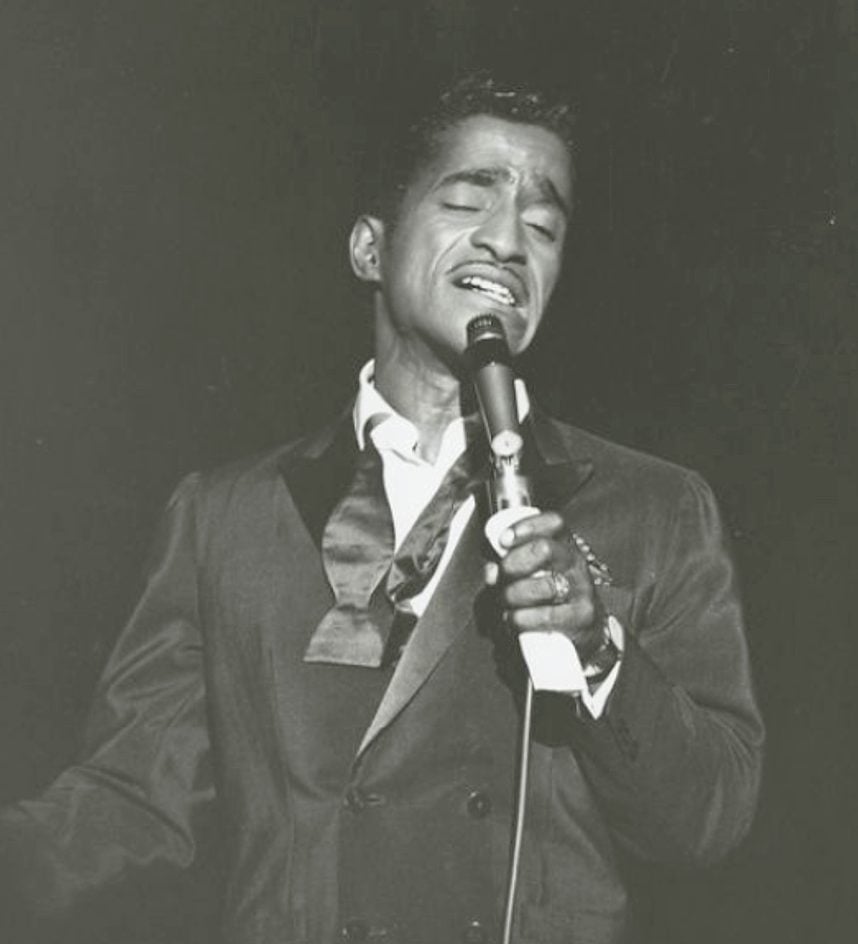
We bring this up not to out a Las Vegas legend who clearly identified as heterosexual, but to demonstrate the deep fear many people back in the day felt simply about the way they were born, and how much closer that fear hit to where most Americans live than they realize.
In 2002, Las Vegas passed a different kind of gay ordinance — one that prohibited discrimination based on sexual orientation in employment, housing, or public accommodations. It was one of the first cities in the country to do so.
Yet while Las Vegas has come a long way since the days when it mistreated LGBTQ+ people, it shouldn’t be permitted to whitewash the shamefully long period during which it did.
Look for “Vegas Myths Busted” every Monday on Casino.org. Click here to read previously busted Vegas myths. Got a suggestion for a Vegas myth that needs busting? Email corey@casino.org.
Related News Articles
VEGAS MYTHS RE-BUSTED: Frank Sinatra Desegregated the Strip
VEGAS MYTHS RE-BUSTED: Howard Hughes Bought Silver Slipper Just to Dim its Sign
VEGAS MYTHS RE-BUSTED: Howard Hughes Ran the Mob Out of Town
Federal Agency Sues Las Vegas Restaurants for Sexual Harassment
Most Popular
VEGAS MYTHS RE-BUSTED: The Strip is the Brightest Place on Earth
UPDATE: Former Resorts World & MGM Grand Prez Loses Gaming License
Jackpot News Roundup: Two Major Holiday Wins at California’s Sky River Casino
VEGAS MYTHS RE-BUSTED: The Traveling Welcome to Las Vegas Sign
Caesars Virginia in Danville Churns Out Long Lines, Lofty Excitement
Most Commented
-
UPDATE: Whiskey Pete’s Casino Near Las Vegas Closes
— December 20, 2024 — 33 Comments -
Zillow: Town Outside Las Vegas Named the Most Popular Retirement City in 2024
— December 26, 2024 — 30 Comments -
Caesars Virginia in Danville Now Accepting Hotel Room Reservations
— November 27, 2024 — 9 Comments -
UPDATE: Former Resorts World & MGM Grand Prez Loses Gaming License
— December 19, 2024 — 8 Comments -
NBA Referees Expose Sports Betting Abuse Following Steve Kerr Meltdown
— December 13, 2024 — 7 Comments
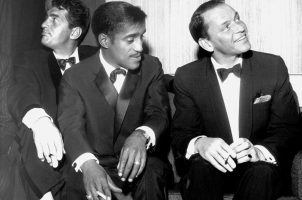
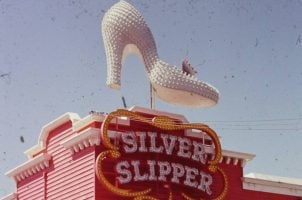
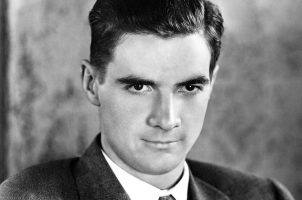
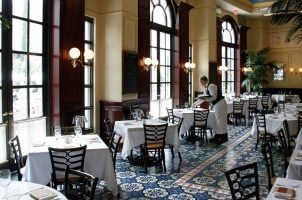










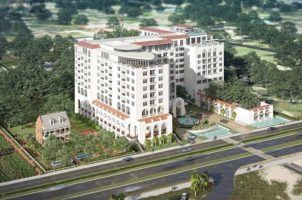
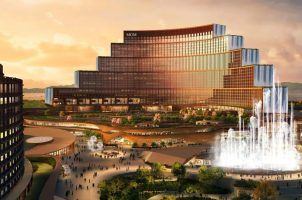
No comments yet